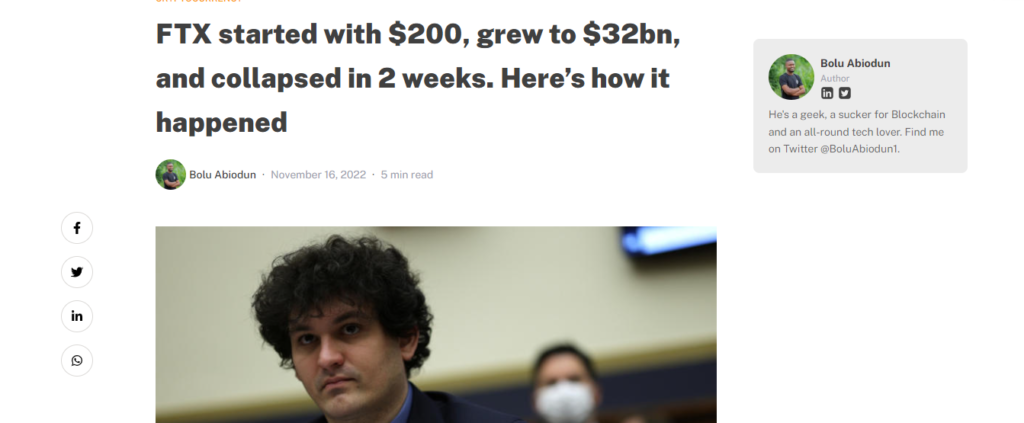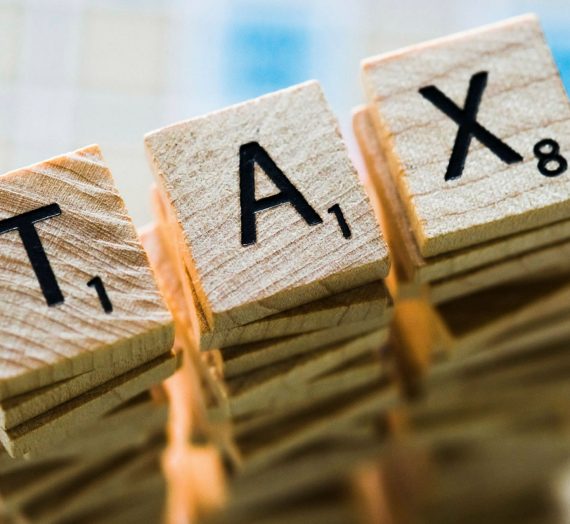Falling from a mountain is way faster and easier than climbing one. I mean just leave the ropes (or whatever support it is you’re using), lean your back against the empty air and start falling while shouting on your journey down. Three short but sure steps. And Bam, you’ll be with your ancestors.
For the most part, the same thing applies to businesses.
In effect, building a business is pretty demanding but ruining one can take as short a period as 14 days. Yes, you read that right – 14 days and I swear, I’m not pulling your legs. Yes, you can check them (your legs), I am not pulling them.
On a sincere note, a multimillion-dollar company can become non-existent in just 14 days.

Take the story of one of the fastest growing cryptocurrency exchanges – FTX for example. Last year (2022), the company shut down its operations after having persistent trouble for 14 days.
Shocking one, no cap. But such sporadic collapse of successful companies is not peculiar to the cryptocurrency industry.
In 2008, Lehman Brothers – an investment bank that had been in operation for over 150 years, came to a grinding halt as well.
Same thing with Encron, Myspace and Anderson just to mention a few. These were very successful companies and today? They are no more. You can visit Failory’s Graveyard to see some start-ups/companies that failed and why.
According to Investopedia as of 2021, 20% of startups failed in the first year, 50% within five years and 65% within 10 years of beginning their operations. That’s a pretty gloomy outlook if you ask me. But history repeatedly confirms that even the big companies are not immune from failure as well.
Our point is; destroying a business is in fact easier than building one. Way easier.
And it really doesn’t matter the size of the company. A big company can fold up as quickly as a small company could.
Destruction is cheap but…
But it can be avoided. It doesn’t have to happen to easily.
We also must say that while the eventual failure of a company might unfold in a very short period of time, the tale-tell signs often show themselves much earlier. If these signs are clearly kept from the Company’s books other cues usually exist; maybe the company’s unsustainable debt profile, its failing investments, its unsustainable business model, its failure to comply with Government regulations or even its failure to innovate its business.
Hey, we need to hold ourselves in all ready, this series is on destruction and not the other way round.
So yes, our point is, destruction is cheap. It can be avoided and we will show just how you’ve been courting destruction for your business. If you are not already, we’d show you how to jump with your business into bed with destruction.
For now, remember destruction is cheap.



